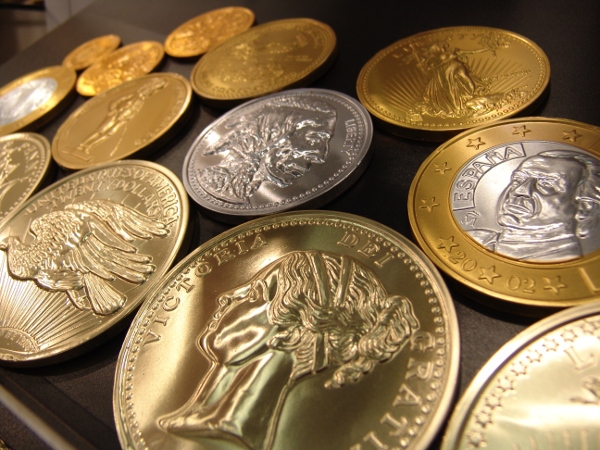The first pieces of metal that met the qualifications of coins were discovered by the Phoenicians in the 670 B.C in Lydia, Turkey. But the idea had taken place some recent years ago. This was evident when people traded berries for corn and cows for chicken or vice versa. There were concerns that were raised since commodity exchange was fixed and some traders could not trade their commodities for some items. People discovered that money would have relative worth and be easily portable.

In 1500 B.C., people graduated from moving cattle with them for trade purposes owing to the invention of the metal money by the Phoenicians. The money was initially formed to half iron rings that resembled the horns of bulls. Before long, a good number of the traders discovered that other people from various continents refused to trade their items for the bull horns made out of iron. They then noticed that if metal could be used in trade, there was a possibility that other metal types would be similarly accepted by other traders. The transition later brought about metal coinage to existence; the initial coin types had images of the supreme ruler of the Phoenicians’ motherland.
The first pieces of metal that met the qualifications of coins were discovered by the Phoenicians in the 670 B.C in Lydia, Turkey. But the idea had taken place some recent years ago. This was evident when people traded berries for corn and cows for chicken or vice versa. There were concerns that were raised since commodity exchange was fixed and some traders could not trade their commodities for some items. People discovered that money would have relative worth and be easily portable.

In 1500 B.C., people graduated from moving cattle with them for trade purposes owing to the invention of the metal money by the Phoenicians. The money was initially formed to half iron rings that resembled the horns of bulls. Before long, a good number of the traders discovered that other people from various continents refused to trade their items for the bull horns made out of iron. They then noticed that if metal could be used in trade, there was a possibility that other metal types would be similarly accepted by other traders. The transition later brought about metal coinage to existence; the initial coin types had images of the supreme ruler of the Phoenicians’ motherland.

